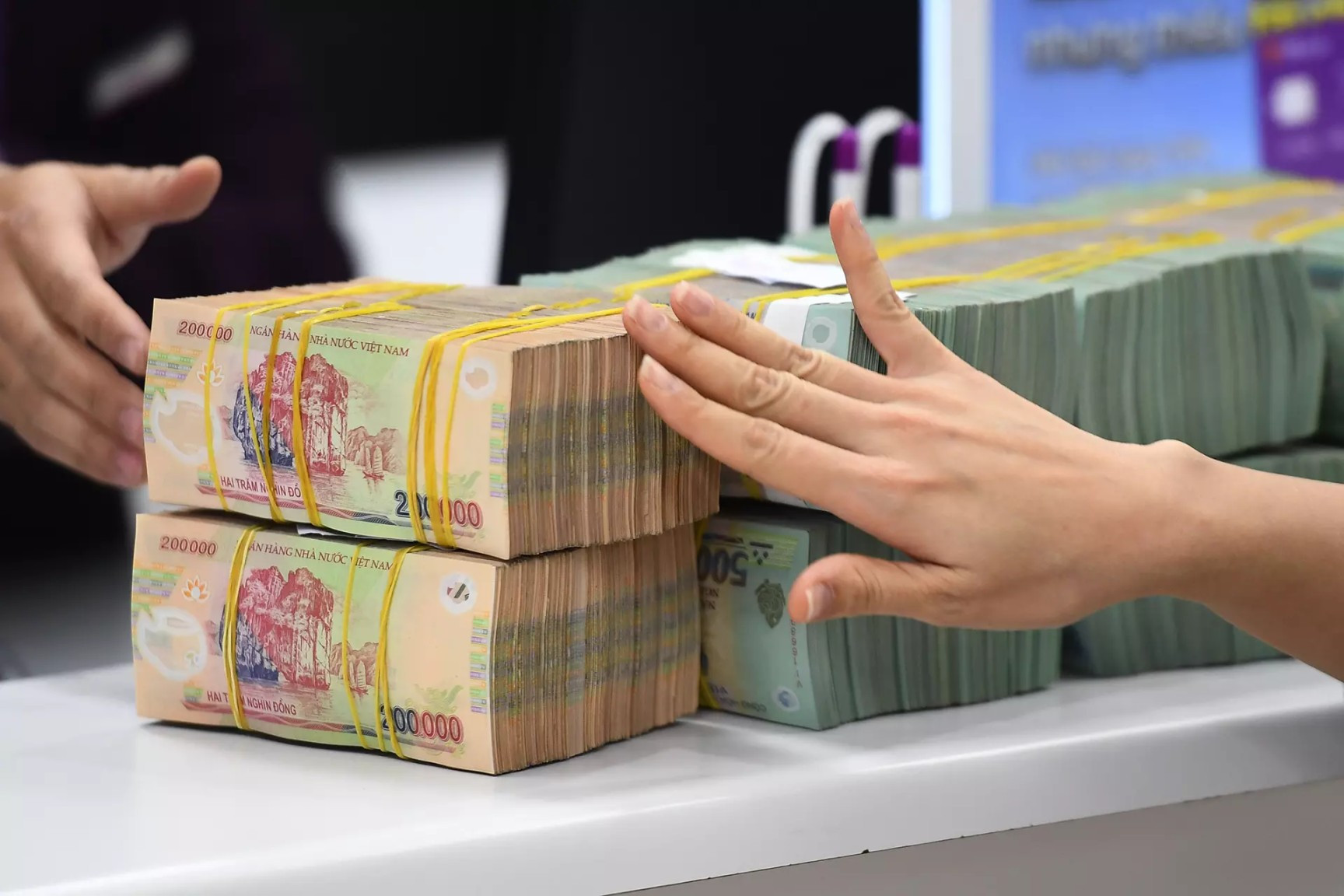
Agribank has raised the interest rates by 0.1 percentage point for 12-month term or longer deposits, to 5.6 percent per annum, applied since July. This is the highest interest rate offered by the bank.
Private banks also have raised their interest rates recently in the context of pressure on inflation. Online deposit interest rates for 1-3-month deposits at Eximbank, for example, have increased by 0.5 percentage point to 4 percent per annum. An increase of 1 percentage point to 6.5 percent was applied to 15-36-month deposits.
Asia Commercial Bank (ACB) is one of the banks that raised interest rates mostly sharply. Its interest rates have increased by 0.9 percentage points for one- and 9-month deposits at the counter, by 0.6 percentage points for 3- and 12-month deposits, by 0.8 percentage point for six-month deposits.
As for online depositing, it is offering increases of 0.3 percentage points for 6- and 12-month deposits and 0.5 percentage points for 9-month deposits.
HDBank has raised interest rates by 0.4 percentage points for clients depositing for 1-3 months at the counter. Increases of 0.3 and 0.2 percentage points re applied to 6-9 month and 12-month deposits, respectively. For online transactions, the bank has raised the interest rates of all kinds of deposits, of which the 0.9 percentage point is applied for 1-month deposit and 1.2 percentage points for 6-month deposit.
A number of other private banks have made similar moves. TPBank, GPBank, DongABank, CBBank and VietCapitalBank have updated their new interest rates.
As many as 31 commercial banks have adjusted their interest rates so far this year, pushing the average interest rates up, especially for 12-month or longer deposits. At this time, 10 banks have deposit interest rates of 7 percent or higher.
The highest interest rate in the market now, at 7.55 percent, is applied by SCB for 18-month and longer deposits.
Analysts believe that deposit interest rates will continue increasing from now to the end of the year due to pressure on inflation, the higher demand for capital, including demand from people who want to repair their houses, pay debts and purchase goods to celebrate Tet.
VIetcombank Securities has predicted that the market would see 1-2 percentage point increases in the whole year of 2022.
Time to tighten monetary policy
According to GSO, in the first half of 2022, the credit growth rate of the economy was 8.51 percent, while the capital mobilization growth rate was 3.97 percent only.
Meanwhile, SBV has intensified the withdrawal of VND from circulation. Within 10 days, from late June to early July, the central bank withdrew VND177 trillion from banks through the issuance of bills. It also sold $10 billion from the forex reserve to collect VND230 trillion. The effort to reduce the VND supply aims at controlling the inflation.
Economists commented that the developments in the market are sending a signal that SBV may not want to maintain a low interest rate floor any longer, so, it has tried to withdraw short-term excessive money in the system.
The central bank is still keeping interest rates unchanged, but its moves of issuing bills and increasing the sale of dollars are considered a step to ‘explore’ interest rates in the near future. A new period of monetary policy tightening amid pressure on the inflation may have begun.
According to SBV, thanks to success in curbing inflation, lending interest rates in Vietnam have increased by 0.09 percent per annum only. However, once inflation increases in the last months of the year, this will have a direct impact on interest rates. With events in the international market and domestic prices, the pressure on inflation will be very high from now to the end of the year and the whole year of 2023.
Expert Nguyen Tri Hieu recommended that it would be better to let the average interest rates increase by 1-1.5 percentage point from now to the end of the year in order to control inflation, and urgently deploy economic support packages, including the VND40 trillion interest rate subsidy package.
According to businesses, the deposit interest rates of many commercial banks are very close to the 7 percent per annum threshold. The lending interest rates would be 10.5-11 percent per annum, which is very high.
Meanwhile, it is very difficult to access the 2 percent interest rate subsidy package as banks don’t lower lending standards.
Tran Thuy